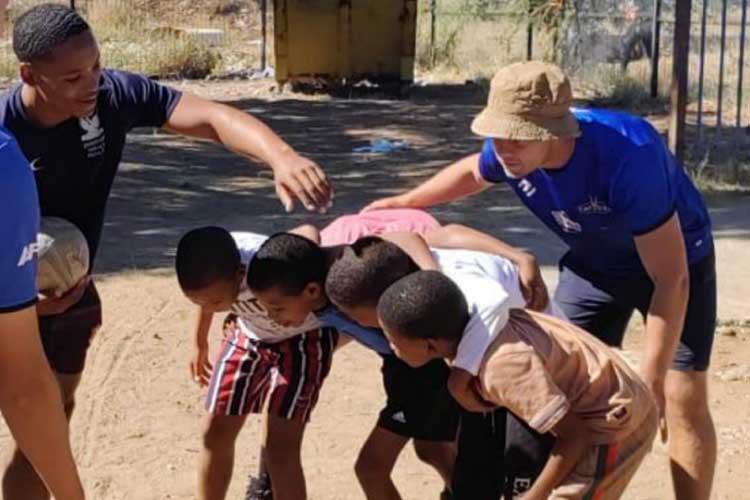A vital part of a child’s overall development is physical education (PE). Frequent physical activity not only supports good health but also makes a major contribution to social, emotional, and cognitive development.
Key Takeaways
- Physical education enhances physical health and reduces the risk of chronic diseases.
- PE supports cognitive development and academic performance.
- It fosters emotional well-being and helps manage stress.
- PE encourages social skills and teamwork.
Physical Health Benefits
Enhancing Physical Health
Maintaining a healthy body weight, enhancing cardiovascular health, and developing strong bones and muscles all depend on regular physical activity. Engaging in physical education programs increases the likelihood that children will develop healthy habits that will last a lifetime and help prevent obesity, diabetes, and other chronic illnesses.
Reducing the Risk of Chronic Diseases
Regular participation in physical education activities lowers the chance of acquiring chronic illnesses. Youngsters discover the value of leading an active lifestyle, which dramatically reduces the risk of health problems in later life.
Cognitive Development
Boosting Academic Performance
Research has indicated that children who engage in physical activity typically exhibit superior academic performance. Higher academic achievement is correlated with improved focus, memory, and classroom behavior brought about by physical education.
Enhancing Cognitive Skills
Engaging in physical activity promotes brain growth and function. Coordination and balance-intensive sports like dance and gymnastics improve cognitive abilities including problem-solving and critical thinking.
Emotional Well-being
Managing Stress and Anxiety
Frequent exercise is an effective strategy for stress and anxiety management. Children can release pent-up energy and emotions through physical education, which can enhance mood and promote emotional stability.
Building Self-esteem and Confidence
Engaging in sports and physical activities fosters the development of children’s confidence and self-worth. Reaching personal objectives, such as learning a new skill or running a mile quicker, increases one’s sense of value and accomplishment.
Social Skills and Teamwork
Encouraging Cooperation and Teamwork
Team sports are a common component of physical education programs, helping kids learn the value of collaboration and teamwork. These exercises foster the growth of social abilities like empathy, leadership, and communication.
Promoting Inclusivity and Diversity
Children from different backgrounds come together in physical education programs, which fosters inclusivity and understanding. Children learn to respect diversity and collaborate well with others through shared activities.
Frequently Asked Questions
How much physical education is recommended for children?
It is advised that kids participate in moderate-to-intense physical activity for at least an hour each day. Combining organized physical education classes, organized sports, and unstructured play can help achieve this.
What are the long-term benefits of physical education?
Long-term advantages of physical education include stronger social skills, increased emotional well-being, better academic achievement, and improved physical health. These advantages support the holistic growth of a well-rounded person.
Can physical education help children with special needs?
Yes, children with specific disabilities can benefit much from physical education. Programs for adapted physical education are created to cater to the specific requirements of each kid, enhancing their mental, social, and physical development.
Sources
- Centers for Disease Control and Prevention (CDC). (n.d.). Physical Activity and Health. Retrieved from CDC
- World Health Organization (WHO). (n.d.). Physical Activity. Retrieved from WHO
- National Institute of Child Health and Human Development (NICHD). (n.d.). Benefits of Physical Activity. Retrieved from NICHD
Physical education is an essential component of a child’s development, fostering not just physical health but also cognitive, emotional, and social growth. By prioritizing PE in schools and communities, we can ensure the holistic development of future generations.




